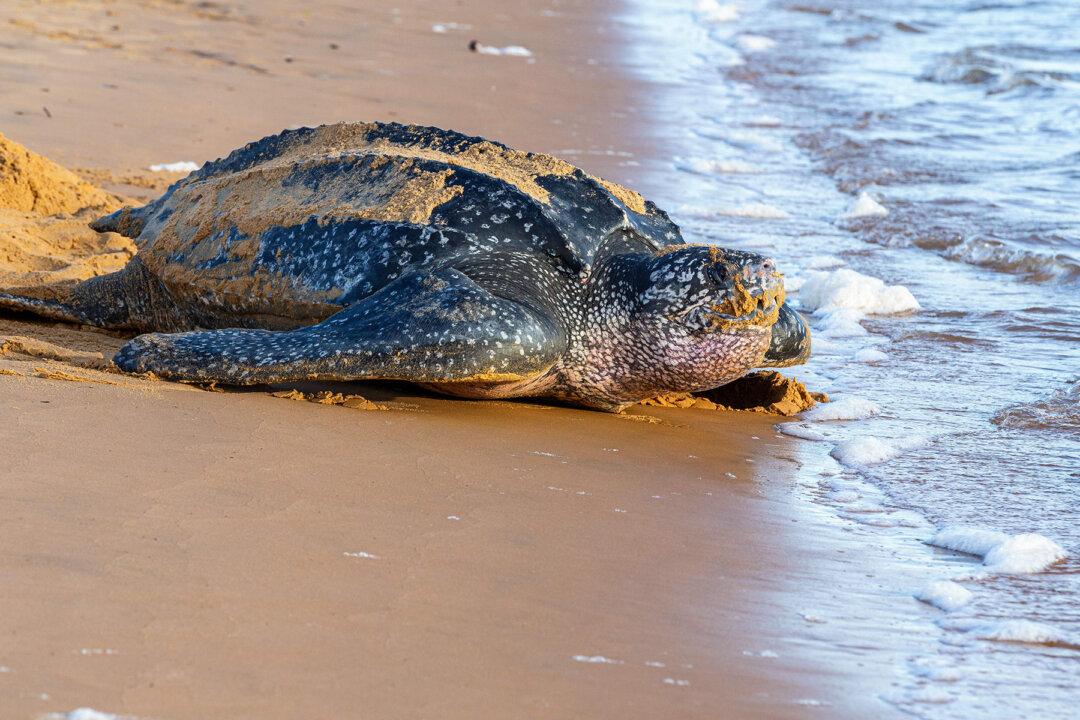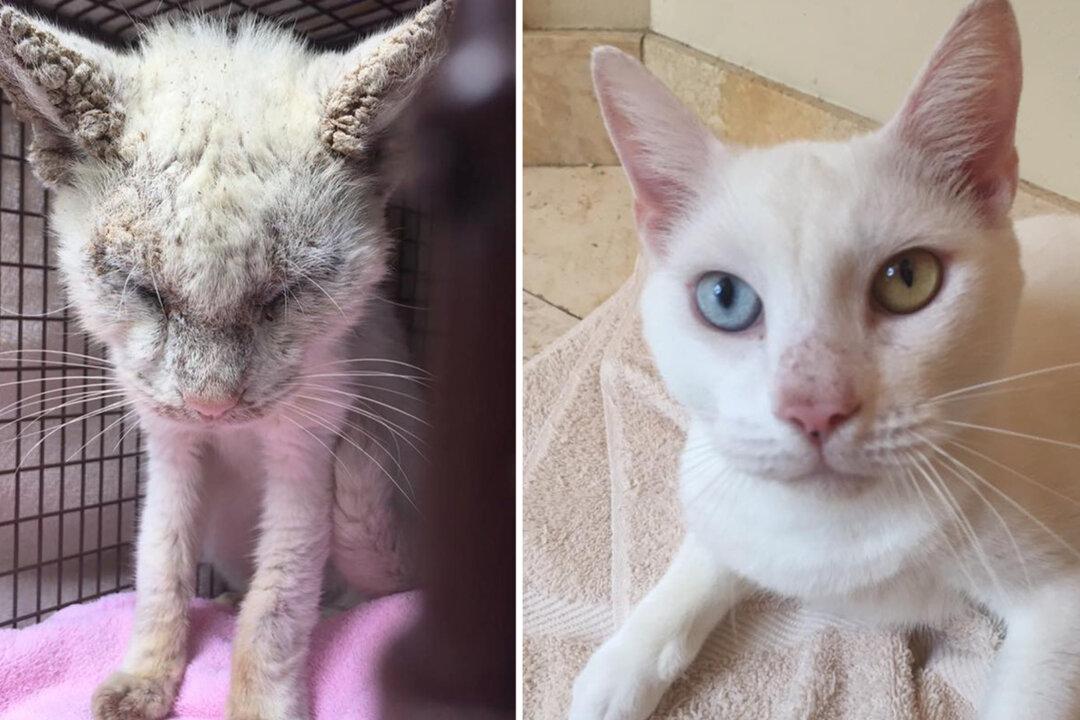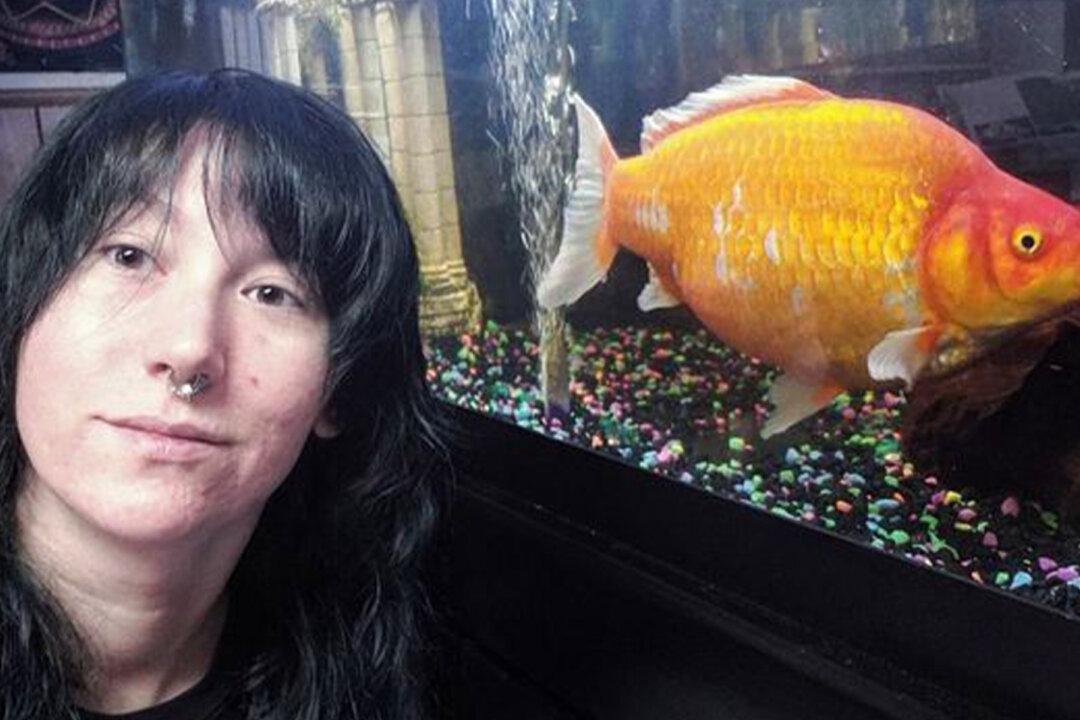Humans may be struggling with the strict closures and lockdowns imposed on them across the globe thanks to COVID-19, yet many wild animals have been thriving with the absence of humans and their pollution as a result—including baby leatherback sea turtles, which have seen their numbers boom with beach closures in Thailand.
According to The Guardian, the number of leatherback sea turtle nests spotted by conservationists in Thailand since November is up, with 11 different nests being spotted—the largest number in two decades.





